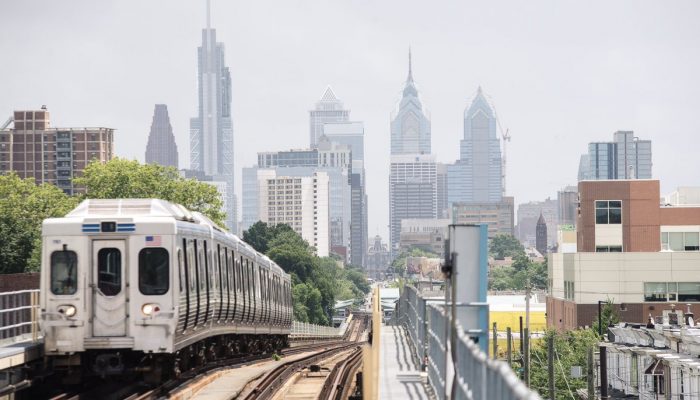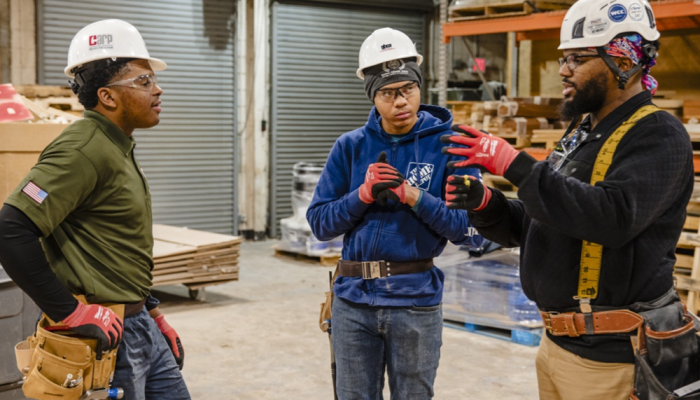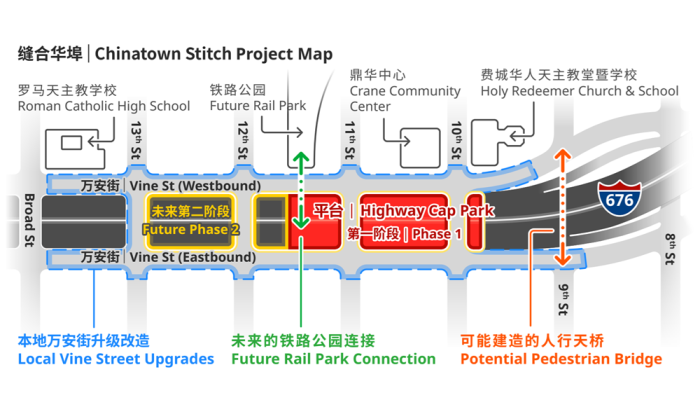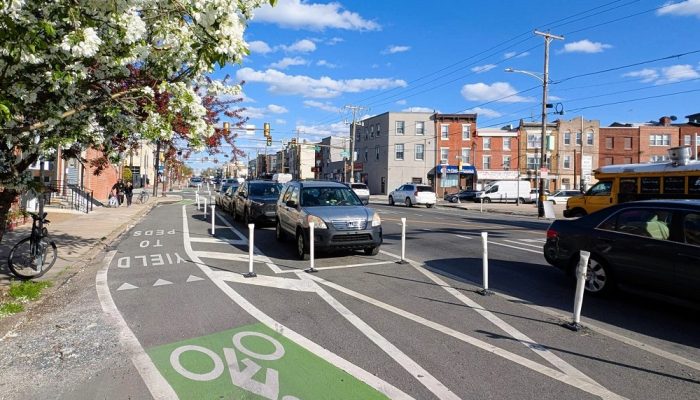In the Philadelphia Transit plan, A Vision for 2045, the City sets out a vision for a City Connected by Transit. High-capacity transit plays a key role in making this vision a reality.
Here are the three priorities the plan outlines for how to modernize and expand Philadelphia’s high-capacity transit:
- Trolley Modernization
Philadelphians love their trolleys. However, the trolleys are at the end of their useful life and need to be replaced. The current trolley fleet is not accessible and experiences frequent breakdowns.
Trolley modernization is the City’s top priority for large-scale transit infrastructure investment. Replacing old vehicles presents the opportunity to:
- Increase network capacity
- Reduce delays caused by vehicle breakdown
- Make trolleys accessible to all
- Upgrade stations to be more comfortable and safe
Investing in trolleys is also a matter of racial justice. The network’s service area is 59% people of color.
The trolley network connects neighborhoods to key job centers. Improving the system will help stimulate the economy as the City recovers from COVID-19.
Funding is the biggest barrier to modernizing the trolley system. The City will work with SEPTA to get funding from regional, state and federal sources.
- Frequent Regional Rail
While residents find Regional Rail to be comfortable and high quality, it is expensive and inconvenient to many.
The plan recommends transforming regional rail into a frequent transit service where trains come every 15 minutes, throughout the day. This will help serve riders beyond the traditional 9-to-5 commuter, supporting travel at a variety of times, purposes, and locations.
Regional Rail is an untapped resource. Frequent service will help in the City’s economic recovery from COVID-19 and reach Regional Rail’s full potential.
- Expansion of High Capacity Transit
Early proposals for high-capacity transit, dating back to 1900s, featured much larger transit networks.
Ideas such as an in-fill station on the Market-Frankford line and expanding PATCO westward across the Schuylkill will increase capacity and shape the city for generations.
Expansion can be coordinated with recent planning activity and bridge mobility gaps. This expansion should be matched with other improvements, such as:
- Better cleaning and security
- Full system accessibility
- Real-time information displays and wayfinding
- Improved frequency standard for MFL/BSL
These priorities, along with a policy framework and priority bus corridor improvements, will help make Philadelphia a City Connected by Transit.
The Philadelphia Transit Plan is the result of seventeen months of work and was created in close collaboration between the City of Philadelphia and our partners at the Delaware Valley Regional Planning Commission (DVRPC), the Southeastern Pennsylvania Transportation Authority (SEPTA), the Pennsylvania Department of Transportation (PennDOT), New Jersey Transit (NJ Transit), and the Port Authority Transit Corporation Speedline (PATCO). The City of Philadelphia Office of Transportation, Infrastructure, and Sustainability (OTIS) led the development of this plan.




